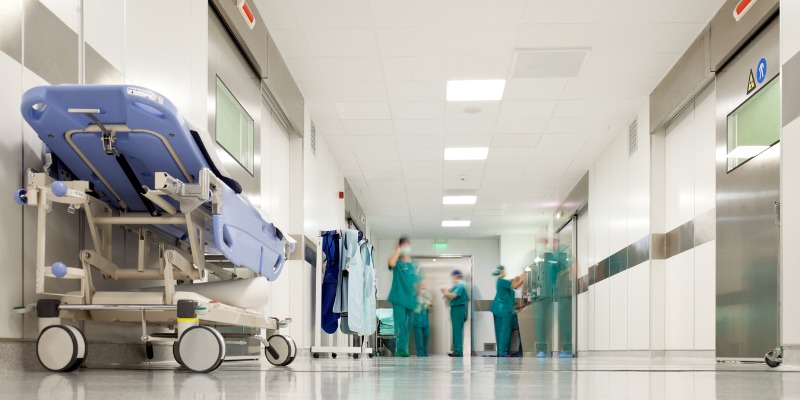
Hospitals are critical pieces of infrastructure designed to house, treat and take care of our population’s most vulnerable in their time of need. When one relies on life-supporting technology, it’s of utmost priority that these facilities stay running day and night for the safety and care of all patients.
In Canada, hospitals are equipped with backup power supplies to keep caring for those requiring emergency care. In this article, we discuss how hospitals ensure their emergency power sources operate safely and reliably.
Generator Standards
Generators are used as backup power sources to ensure that a large facility, such as a hospital, can stay running in the case of a blackout, natural disaster, or general power failures. This is of particular concern for the types of life-saving work that goes on in a healthcare facility, as any lapse in power could result in avoidable injury and even death of patients.
In Canada, we have a regulatory body known as the Canadian Standards Association (CSA), which develops standards in several fields and industries. For healthcare facilities, there is a subsection of code known as CSA C282 that must be adhered to for the maintenance and service requirements of their emergency generators.
Hospital Emergency Generator Testing Requirements
Within this code, a facilities manager or maintenance technician will find outlined for them the standards they must follow, the frequency of each procedure and any records they must keep.
Some of the checks that must be conducted for a hospital emergency generator pertain to the following:
- Overall generator/room condition
- Battery charger
- Battery connections
- Battery load test
- Starter solenoid
- Oil change
- Oil levels
- Oil leaks
- Oil filters
- Engine condition
- Radiator condition
- Air filter
- Air exhaust
- Muffler
- AC connections
- Voltage regulator
- Meters/gauges
- Control panel
- Fuses
- Temperature
- Alarm functions
These must be assessed on a weekly, monthly and annual basis as outlined in the code. Furthermore, these checks should be conducted by a professional and experienced energy management company.
What Are Load Banks?
Load banks are an interesting component of the successful maintenance of any hospital emergency generator.
A load bank is a self-contained device replicating the real-life loads a system might endure in the event of a power outage. It has power load elements, cooling devices, and controls built right into the unit. They are necessary components of large-scale health facilities because realistic testing is not possible without one.
Generator Testing with Load Banks
Load banks will be used to test the functionality and capacity of a hospital emergency generator. It allows critical systems to stay operable. At the same time, the emergency backup power supply (generator) is tested by mimicking the real-life load it will have to operate under in an emergency.
Generator Testing
VCM Solutions has the network, expertise, and resources to help with everything from short-term outage solutions to permanent installations and service! Contact us today to find out how we can help.